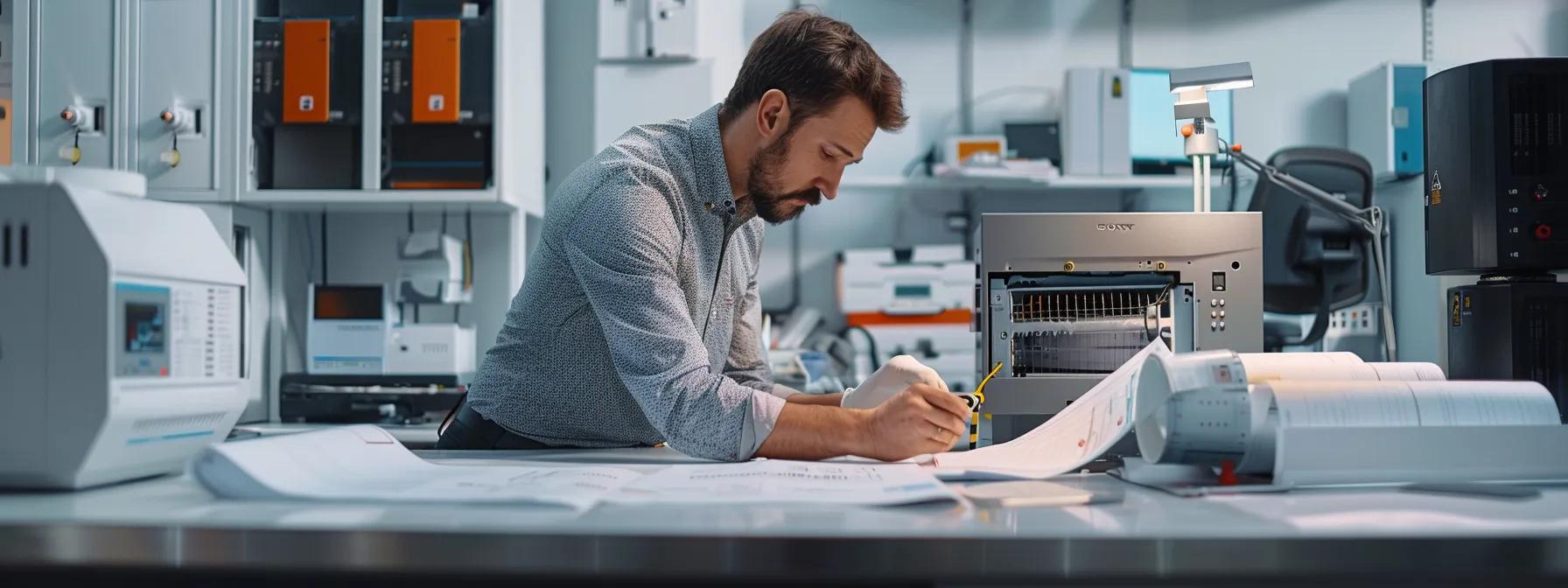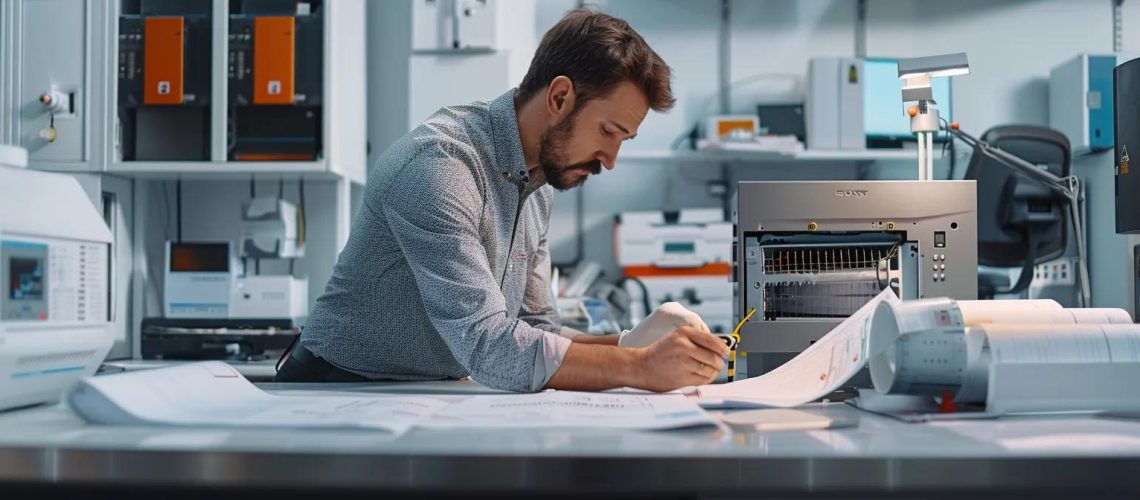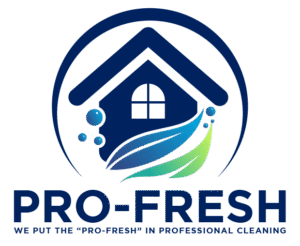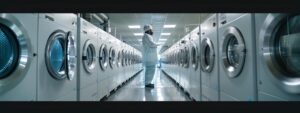
Comprehensive Furnace Service Guide: Installation, Repair, Cleaning, and Efficiency Solutions
Introduction
Furnaces are the heart of home heating systems, providing warmth and comfort during cold months. However, like all mechanical systems, they require periodic maintenance to ensure optimal performance, longevity, and energy efficiency. Neglect can lead to unexpected breakdowns, rising repair costs, and diminished indoor air quality. This guide explains what furnace service entails, its benefits, and how regular maintenance can improve performance and lower long-term costs. It covers installation, repair, cleaning, and efficiency techniques with actionable insights and local Denver service tips, helping homeowners protect their investment and ensure safety.
Transitioning into the core aspects of furnace service, the article begins by explaining what furnace service is and why it is essential for any home heating system.
What Is Furnace Service and Why Is It Essential for Your Home?
Furnace service is the routine maintenance, repair, and cleaning required to keep a heating system operating safely and efficiently. It involves inspecting, cleaning, and adjusting components like the heat exchanger, blower motor, and burners. Regular service prevents breakdowns, maintains indoor air quality, reduces energy consumption, and extends the furnace’s lifespan.
What Does Furnace Service Include?
A typical furnace service includes: • An inspection to identify wear on burners, heat exchanger, and electrical connections.
• Cleaning of internal components such as the blower, combustion chamber, and vents to remove dust, soot, and debris.
• Filter replacement and lubrication of moving parts.
• Calibration and testing to ensure correct fuel and oxygen balance for safe combustion.
These steps help prevent carbon monoxide leaks, reduce repair costs, and ensure efficient performance.
How Does Regular Furnace Service Improve Heating System Performance?
Regular service removes dust and debris that can insulate critical parts and block airflow, forcing the furnace to work harder and consume more fuel. By ensuring proper calibration and cleaning, maintenance boosts heat output, reduces energy consumption, and detects minor issues before they become costly repairs. This preventive care improves comfort and safety by reducing hazardous emissions and fire risks.
When Is the Best Time to Schedule Furnace Service?
The ideal time for furnace service is at the end of summer or early fall, before the heating season begins. Early service helps address potential issues when service providers have lower demand and ensures the system is ready for colder weather. Seasonal checkups also support timely filter replacement and cleaning routines that are key for maintaining indoor air quality in winter.
How Do You Identify the Signs That Your Furnace Needs Repair?
Early warning signs of furnace trouble include abrupt performance changes and unusual sounds. Homeowners should look out for inconsistent heat output, odd odors, or unexpected increases in energy bills. Noticing these symptoms early allows for scheduled repairs rather than emergency fixes and helps maintain comfort and energy efficiency.
What Are the Most Common Furnace Repair Issues?
Common repair issues include: • Reduced heat output and pilot light failures.
• Strange noises such as banging, rattling, or whistling, often due to a malfunctioning thermostat or clogged air filter.
• Problems with ignition systems, blower motors, and cracked heat exchangers. These issues can impair performance and pose hazards like carbon monoxide leaks.
How Can You Troubleshoot Furnace Problems Before Calling a Technician?
Before calling a technician, homeowners can: • Verify thermostat settings and ensure the furnace switch is on.
• Check circuit breakers and replace clogged air filters.
• Look for visible signs of damage or blockages in vent systems. If simple fixes do not resolve the issue, professional evaluation is recommended for safety.
When Should You Opt for Emergency Furnace Repair Services?
Emergency repair is necessary when the furnace stops working in extreme cold, or when there are signs of dangerous malfunctions such as a gas leak, carbon monoxide alarm, or visible damage to critical components. In such cases, immediate professional help is essential to prevent safety hazards and further damage.
How Much Does Furnace Repair Typically Cost?
Repair costs vary based on the issue and furnace type. Minor repairs like filter changes or thermostat adjustments typically cost between $75 and $150, while more complex repairs such as heat exchanger or blower motor issues can range from $300 to $600 or more. Regular maintenance helps avoid expensive emergency repairs.
What Are the Benefits and Process of Professional Furnace Cleaning?
Professional furnace cleaning improves performance, indoor air quality, and energy efficiency. By removing dust, debris, and soot from essential components, cleaning reduces the chance of malfunctions and increases heat output efficiency. This not only lowers heating bills but is also particularly beneficial for households with allergies or respiratory concerns. Using specialized equipment, professionals ensure even the hard-to-reach parts are cleaned safely and thoroughly.
How Often Should You Have Your Furnace Cleaned?
It is generally recommended to have your furnace professionally cleaned at least once a year. In homes with heavy dust or where occupants have respiratory issues, cleaning every six months may be advisable. Regular cleaning helps maintain both efficiency and indoor air quality, reducing the risk of costly repairs.
What Steps Are Involved in Furnace Cleaning?
The professional cleaning process typically involves: • Shutting off the furnace and opening the cabinet to access internal components.
• Removing dust and debris from burners, heat exchanger, and blower using a high-powered vacuum and brushes.
• Inspecting and cleaning the venting system for unobstructed airflow.
• Replacing or thoroughly cleaning components like filters and removing accumulated soot. A final inspection ensures the system is clean and operating safely.
How Does Furnace Cleaning Improve Energy Efficiency and Air Quality?
A clean furnace runs more efficiently, requiring less energy to produce the same amount of heat. Removing obstructions improves combustion efficiency and airflow. Furthermore, eliminating dust and pollutants enhances indoor air quality, benefiting overall health and reducing the risk of contaminants spreading through ductwork.
What Is the Average Cost of Furnace Cleaning Services?
Furnace cleaning services generally cost between $100 and $250, varying by system complexity and local conditions. Bundled maintenance plans that include cleaning, inspections, and minor repairs can further reduce costs over time.
Which Furnace Installation Options Are Available and How Do You Choose the Right One?
Furnace installation is a major investment influenced by fuel type, system size, efficiency ratings, and installation costs. Options include gas, electric, oil, and hybrid models. Choosing the right furnace depends on factors like home size, local climate, and energy usage patterns. A professional assessment can help determine the appropriate furnace type and size, ensuring long-term efficiency and comfort.
What Types of Furnaces Can You Install?
The main types of furnaces include: • Gas furnaces – favored for high efficiency and lower operating costs.
• Electric furnaces – often cheaper to install but with higher operating costs.
• Oil furnaces – used where natural gas is unavailable, but they require more maintenance.
• Hybrid models – combining features for flexibility and efficiency. Each option has unique advantages depending on fuel availability and specific home requirements.
How Do You Determine the Correct Furnace Size for Your Home?
Proper furnace sizing is critical. An undersized furnace struggles to heat a home, while an oversized one cycles inefficiently, leading to wasted energy and wear. Contractors use load calculations—considering square footage, insulation, and local climate—to match the furnace size to your home’s needs for optimal performance.
What Are the Installation Costs and Factors Affecting Them?
Installation costs vary widely, typically ranging from $2,500 to $7,500, depending on furnace type, installation complexity, local labor rates, and additional work like duct modifications or electrical upgrades. Energy-efficient models may have a higher upfront cost but offer long-term savings through lower operating expenses.
How Do Specific Furnace Brands Compare for Installation?
Brands such as Carrier, Trane, and Lennox are popular for their reliability and efficiency. Carrier is noted for innovation in extreme climates, Trane for durability, and Lennox for quiet, efficient operation. Comparing these brands on efficiency ratings, warranty, and customer satisfaction helps homeowners make informed decisions that ensure long-term value and performance.
How Can You Improve Furnace Energy Efficiency and Save on Heating Bills?
Improving furnace energy efficiency benefits both the environment and your wallet. Modern, efficient furnaces use advanced technologies to maximize heat output while minimizing fuel consumption. Regular maintenance, sealing ductwork, optimized thermostat settings, and clean operation all contribute to lower energy bills and extended system life.
What Are the Best Energy-Efficient Furnace Options?
High-efficiency gas furnaces with AFUE ratings over 95% are among the best options available. Electric furnaces offer virtually no emissions and quiet operation but may have higher operating costs. Hybrid systems can balance the benefits of both. These models often include features like variable-speed motors and smart thermostats, and they usually qualify for rebates and incentives.
How Do Furnace Rebates and Incentives Work?
Rebates and incentives for furnaces are offered by manufacturers, utility companies, and government agencies to offset the higher cost of energy-efficient systems. Qualification typically requires meeting minimum efficiency standards and professional installation. Such programs can substantially reduce the payback period for a new furnace.
What Tips Can Help You Maintain Furnace Efficiency Year-Round?
To ensure year-round efficiency, homeowners should: • Change or clean filters every 1-3 months.
• Seal duct leaks and schedule annual professional inspections.
• Use programmable or smart thermostats to avoid unnecessary heating when the home is unoccupied.
• Keep vents and exhausts clear, and have a certified technician perform an annual tune-up.
How Do Local Furnace Services in Denver Enhance Your Heating System?
Denver’s unique climate—marked by cold winters and high altitude—requires furnaces that are both robust and energy efficient. Local service providers understand these conditions and offer tailored maintenance, repair, and installation that ensure your system operates reliably. Fast response times and personalized service help Denver homeowners maintain comfort and reduce energy costs.
What Makes Furnace Repair in Denver Unique?
Due to temperature extremes and high-altitude conditions, Denver furnaces often endure accelerated wear. Local repair companies are experienced in adjusting for air pressure and combustion differences while ensuring compliance with local codes. This specialized knowledge results in quicker, more effective repairs.
Where Can You Find Reliable Furnace Cleaning Services Near Me in Denver?
Denver homeowners can find reliable furnace cleaning through locally owned HVAC companies known for their expertise in the region’s specific demands. Reviews, local directories, and referrals help identify reputable providers who offer clear service plans, competitive pricing, and satisfaction guarantees.
Which Furnace Brands Are Most Popular and Trusted in Denver?
In Denver, trusted brands include Carrier, Trane, and Lennox. Carrier is valued for advanced technology, Trane for its durable construction, and Lennox for quiet, high-efficiency performance. Local installers often recommend these brands because they offer reliable parts and skilled service support.
How Does Apex Heating & Cooling Provide Superior Furnace Service in Denver?
Apex Heating & Cooling stands out by combining advanced diagnostics with highly trained technicians. Their comprehensive services—ranging from routine maintenance to complex repairs—are backed by transparent pricing, personalized plans, and rapid emergency support, ensuring reliable heating during Denver’s harsh winters.
How Do You Identify the Signs That Your Furnace Needs Repair?
This repeated section emphasizes the need to recognize warning signs early. Look for inconsistent heating, unusual noises, strange odors, or a sudden spike in energy bills. Early detection allows for timely repairs that prevent further damage and ensure safe operation.
What Are Frequently Asked Questions About Furnace Service?
How Often Should I Schedule Furnace Maintenance and Cleaning?
Furnace maintenance should be performed annually, preferably before winter. In dustier environments or for heavy use, semi-annual service is advisable. Regular maintenance preserves system efficiency and extends the furnace’s lifespan.
What Are the Warning Signs of a Failing Furnace?
Warning signs include uneven heating, unusual sounds (banging, whistling), unexpected shutdowns, and higher energy bills. A burning odor may also indicate failing components. Recognizing these signs early is critical to avoid costly damages.
Can I Perform Furnace Repairs Myself or Should I Hire a Professional?
While simple tasks like changing filters can be done by homeowners, most repairs involve complex electrical and combustion systems. For issues like pilot light or blower motor problems, hiring a certified technician is recommended for safety.
How Long Does a Typical Furnace Last?
Furnaces generally last between 15 and 20 years. Regular maintenance helps extend this lifespan, while neglect can lead to premature failure. Plan for eventual replacement by keeping up with scheduled service.
Are There Financing or Service Plans Available for Furnace Repairs and Maintenance?
Many providers offer service plans that cover annual maintenance, repairs, and emergency services. These plans can include routine inspections, priority scheduling, and discounts on parts and labor, providing a cost-effective way to manage furnace care.
Detailed Lists and Tables
Below is a table summarizing various aspects of furnace service, including components, key benefits, and typical cost ranges.
| Furnace Component | Service Activity | Key Benefit | Cost Range |
|---|---|---|---|
| Air Filter | Replacement/Cleaning | Improved airflow and efficiency | $20 – $50 |
| Blower Motor | Inspection and lubrication | Reduced noise and wear | $100 – $250 |
| Heat Exchanger | Cleaning and repair | Prevents carbon monoxide leakage | $300 – $600 |
| Burner Assembly | Cleaning and adjustment | Efficient combustion | $150 – $400 |
| Ductwork | Seal and cleaning | Enhanced indoor air quality | $100 – $300 |
In addition, consider these best practices for maintaining furnace efficiency: 1. Change filters every 1-3 months.
2. Schedule an annual professional inspection.
3. Seal and clean ductwork to enhance warm air distribution.
4. Use smart thermostats to optimize temperature settings.
5. Address minor repairs early to prevent excessive damage.
A second list outlining professional furnace cleaning steps includes: 1. Shutting off the furnace.
2. Removing dust and debris with specialized equipment.
3. Cleaning air ducts and vents.
4. Inspecting critical components for wear.
5. Testing the system after reassembly.
Final Thoughts
A well-maintained furnace is vital for effective home heating, safety, and energy savings. Regular service—including cleaning, repairs, timely installation, and efficiency improvements—not only prolongs your system’s life but also enhances comfort while reducing operating costs. With proactive maintenance, homeowners can avoid emergencies, manage expenses better, and enjoy a safer, more efficient home.
Frequently Asked Questions
Q: How does timely furnace service affect energy efficiency?A: Regular service ensures that all components, such as filters and burners, operate optimally. This reduces fuel consumption and improves heat distribution, lowering energy bills and increasing comfort.
Q: What are the main safety concerns with a poorly maintained furnace?A: Neglect can lead to carbon monoxide leaks, inefficient combustion, and fire hazards due to accumulated debris. Routine inspections and cleaning minimize these risks.
Q: Can upgrading to a high-efficiency furnace really reduce heating bills?A: Yes, a furnace with a high AFUE rating uses fuel more efficiently, lowering heating bills over time despite a higher initial cost.
Q: What should I do if my furnace starts making unusual noises?A: Unusual noises like banging, whistling, or rattling typically indicate issues with components such as the blower or burners. Perform basic checks and, if the problem persists, call a professional technician immediately.
Q: How accessible is furnace maintenance for homeowners in Denver?A: Denver offers numerous local providers specializing in furnace maintenance tailored to its unique climate, ensuring easy scheduling of inspections, cleaning, and repairs.







